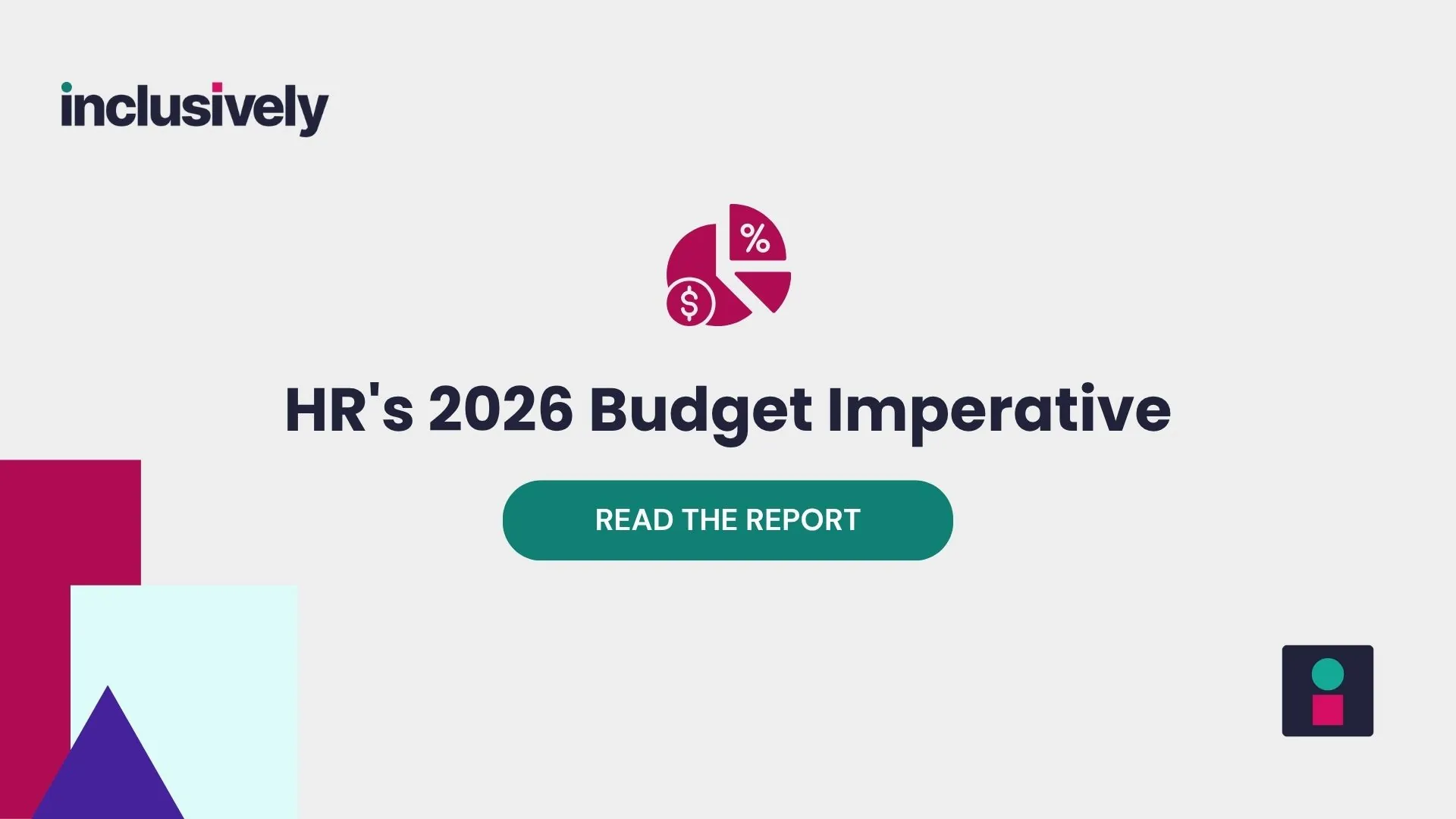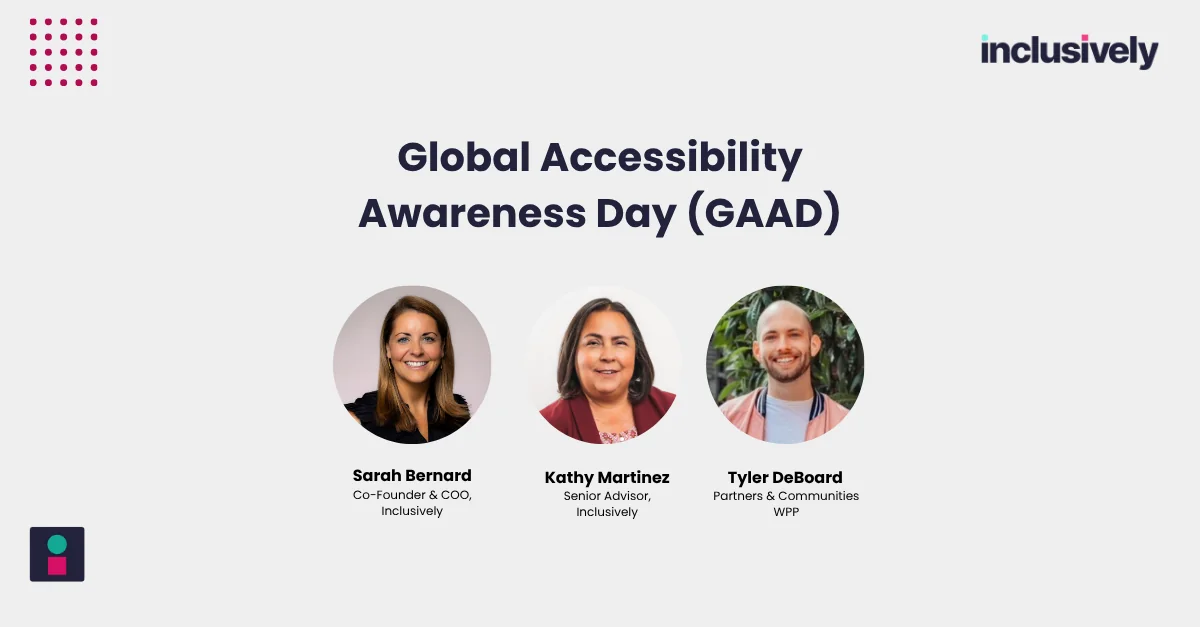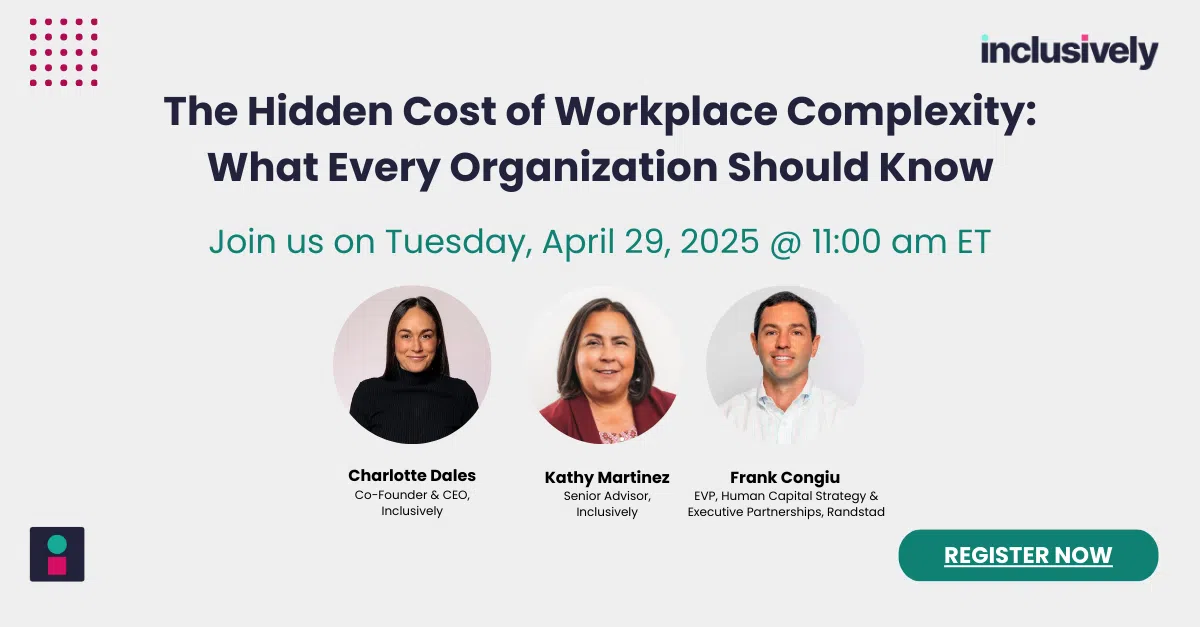Ableism, defined as discrimination and social prejudice against individuals with disabilities, is a pervasive issue in many societies, and the workplace is no exception. Recognizing and combating ableism can lead to more equitable and inclusive workplaces. Let’s examine common examples of ableism, strategies for promoting equity, and resources for dismantling barriers.
Examples of Ableism in the Workplace
Ableism can manifest in several ways, often subtly, making it difficult to identify and address. Some common examples of ableism in the workplace include:
Prejudiced Attitudes and Stereotyping: One of the most apparent forms of ableism is the harboring of prejudiced attitudes and stereotypes about individuals with disabilities. These misconceptions often result from lack of exposure to and understanding of diverse abilities and skills. For example, a supervisor might wrongfully assume a team member who is blind is incapable of handling data-related tasks, thus limiting their scope of work and hindering their professional growth.
Lack of Accessibility: Physical and digital accessibility barriers can significantly impact individuals with disabilities. This can include obstacles such as lack of wheelchair-accessible entrances, restrooms, and workspaces. In the digital sphere, websites and software not being compliant and/or compatible with assistive technologies such as screen readers can restrict digital inclusivity and the user experience.
Inadequate Accommodations: An employer’s refusal or failure to provide reasonable accommodations presents a barrier to equal opportunity employment. Reasonable accommodations can include modified work schedules, provision of assistive technologies, or adjustments to job responsibilities. Companies like Inclusively are helping employers with streamlining their accommodations process for both small and large teams.
Exclusion from Opportunities: Many talented disabled job seekers are overlooked for promotions, professional development programs, or high-profile projects due to biased assumptions about their abilities. This type of exclusion is not just unjust; it’s a loss of potential, diversity, and innovation for the organization.
Microaggressions and Insensitive Language and Comments: Microaggressions are subtle, often unintentional, actions or comments that demean or belittle individuals with disabilities. For instance, questioning the validity of someone’s disability or making jokes at the expense of a disability is disrespectful and creates a hostile work environment. This type of behavior potentially limits others from self-disclosing their disability for fear of also being targeted with insensitive and ableist language.
Limited Representation in Leadership Roles: The lack of representation of disabled individuals in leadership roles further perpetuates stereotypes and fosters a sense of marginalization.
Unequal Treatment and Unfair Policies: Ableism can manifest as unequal treatment and unfair policies that disadvantage individuals with disabilities. This may include wage disparities, differing treatment regarding benefits, or disciplinary actions.
Lack of Disability Awareness and Education: A workplace lacking disability awareness and education is prone to fostering ableism, leading to misunderstandings, ignorance, or insensitivity towards the unique needs and circumstances of workers with disabilities.
Strategies for Promoting Equity and Dismantling Barriers
Creating an inclusive and equitable workplace that is free from ableism requires intentional, ongoing effort. The following strategies can guide employers to build inclusive environments:
Create an Inclusive Culture: The first step to an anti-ableist workplace is fostering an inclusive culture. This includes promoting diversity, ensuring respect and equality for all, and encouraging open communication. A positive work culture can help reduce prejudice and bias, promoting a greater understanding and appreciation of all employees’ contributions.
Provide Disability Awareness Training: Training is an essential component of promoting understanding and empathy towards disability-related issues. Such training programs can debunk common misconceptions about disabilities, teach appropriate language, and provide guidance on interacting respectfully with colleagues with disabilities.
Implement Accessibility Measures: Physical and digital accessibility is crucial. Employers should take steps to eliminate barriers in the physical environment and ensure digital platforms are accessible to everyone. Accessibility considerations should extend to everyday tools and platforms used in the workplace, such as websites, software, and communication tools.
Offer Reasonable Accommodations: Employers should establish processes for evaluating and implementing accommodations for employees with disabilities. Open and empathetic dialogue with employees to understand their unique needs, timely implementation of suitable accommodations, and an open-door policy for feedback and revisions can foster an inclusive environment.
Encourage Employee Resource Groups (ERGs): Employee Resource Groups focused on disability inclusion can provide safe spaces for disabled employees to share experiences, voice concerns, and contribute to shaping inclusive policies and practices.
Foster Career Development and Advancement: Equal opportunities for career development and advancement should be available for all employees, regardless of their physical abilities. Employers can provide mentorship programs, training initiatives, and leadership opportunities tailored to meet the needs of disabled employees.
Review and Update Policies: Regular review and amendment of policies ensure they are in line with disability-inclusive practices. The policy review should include recruitment, hiring, retention, performance management, and accommodation processes.
Engage in Partnerships and Collaborations: Building alliances with disability-focused organizations and community partners can promote disability inclusion. These partnerships can provide additional resources, offer fresh perspectives, and inspire collective action.
Measure Progress and Accountability: Finally, employers should implement mechanisms to measure and track progress towards disability inclusion goals. Consistent assessment of efforts, feedback sessions, and accountability structures are integral parts of the overall organizational strategy.
Success Stories
There are several companies making strides in promoting equity and dismantling ableism. For example, New York Life, as highlighted in their 2022 DEI Report, has made significant efforts to promote inclusion and equity and is proud to partner with organizations like Inclusively. Read More
Tools and Resources for Promoting Anti-Ableism
Various tools and resources can assist employers in their journey towards an anti-ableist workplace. These can include:
Disability-Inclusive Training Programs: Specific programs designed to provide education and guidance on promoting disability inclusion can be highly beneficial.
Disability-Inclusive Toolkits and Guides: Toolkits and guides provide step-by-step guidance on creating inclusive policies and implementing accommodations.
Accessibility Audits and Assessments: Regular audits of physical and digital spaces help to identify barriers and areas for improvement.
Disability-Inclusive Employee Resource Groups (ERGs): ERGs provide a platform for disabled employees to connect, share experiences, and influence disability inclusion initiatives.
Collaboration with Disability Organizations: Working with disability-focused organizations can provide valuable expertise and guidance.
Accessible Technology and Assistive Tools: Investing in accessible technology supports disabled employees in performing their job duties effectively.
Mentorship and Networking Opportunities: Establishing mentorship programs and networking opportunities can help combat isolation and provide support.
Employee Feedback Mechanisms: Feedback mechanisms allow employees to provide input on policies, practices, and accessibility improvements.
Conclusion
Dismantling ableism in the workplace requires a multifaceted approach. By recognizing the issue and actively working towards solutions, employers can create a more inclusive, equitable, and productive workplace where every individual, regardless of their disability, can thrive.


